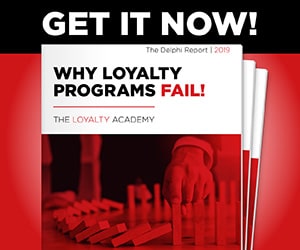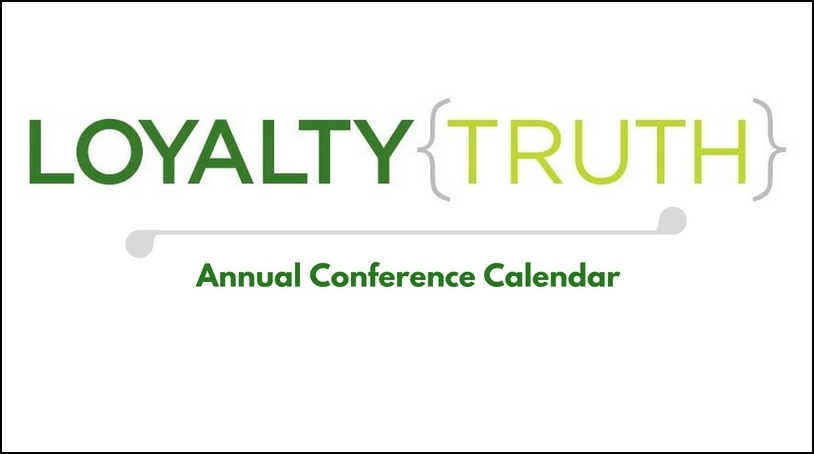Two topics that generate contentious discussion among marketers also exist as uncomfortable tactical companions – loyalty programs and coupons. Some would say that the two should be considered mutually exclusive in the marketing mix, while others advocate methods to incorporate discounts and coupons in a more targeted and measurable way by including them in a loyalty program structure.
Most of the discussions I participate in are sparked by someone making the case squarely for one tactic being more effective than the other. The arguments for coupons include their ease of use by the marketer and low cost of delivery depending on the channel used. There’s also the benefit of flexibility and the potential benefit to drive incremental footfall and larger than average basket-size among coupon users.
Loyalty marketing supporters are generally coupon-naysayers. They point out that coupons are rarely optimized by customer preference and value and tend to treat all customers as if they were the same. While loyalty programs provide the structure to create a two-way dialogue between customer and brand, coupons are typically coldly calculated with little opportunity to promote customer communications.
One of the fuzziest points of comparison between these two marketing tactics is cost, and the means by which the two are evaluated are anything but a fair fight. I’ve corroborated information from multiple sources who agree that discounts are normally accounted for as an offset to revenue, so while a retailer tracks and calculates the total amount of coupons redeemed, the number is rarely disclosed on an income statement. The costs of operating a customer loyalty program is, however, explicit with program costs normally called out as a line item of marketing expense.
To dig deeper into the real cost of coupons, I took a look at Bed Bath & Beyond. Founded in 1971, the chain operates about 1,400 stores and is well known for the 20% off coupons which can be obtained by customers in a number of ways. Reading through the transcript of the company’s Q4 2013 earnings call, CEO Steven H. Temares reported that earnings for the full year reached approximately $11.5 Billion, though gross margin had declined from 40.2% to 39.7%. The company went on to provide the explanation that “decreases in the gross profit margin as a percentage of net sales were primarily attributed to an increase in coupon expense due to increases in the average weekly coupons redeemed and the average coupon amounts”.
One half of one percent may seem an insignificant number, but when calculated on the top line revenue figure, the added coupon expense equates to about $57 Million in just one year. Understand that this figure represents the erosion of gross margin resulting from coupon expense and does not include the actual annual cost of the coupons redeemed.
Estimating the cost to operate a customer loyalty program for a program to match the size and scale of Bed Bath & Beyond, I arrived at a number in the range of $3 – 5 million per annum. Taking the top end of the cost range, the cost differential between the two approaches is 10X in favor of the loyalty program.
I’ll have a new ebook coming soon on Loyalty Truth titled “Accounting for Loyalty” that details the accounting and financial considerations for planning and operating a program of this type. For now, even if we doubled the costs in my quick estimate, there is still up to a 5X difference in cost in favor of loyalty program over coupons and discounts.
To make a full comparison of the financial benefits of a coupon program versus a loyalty program, I would have to make assumptions about the associated lift in revenues to be realized from each method. One quick calculation showed that only a 2% revenue lift among members was needed to reach breakeven via the loyalty program, a highly attainable figure as most organizations sponsoring a loyalty program have expectations well in excess of 2%.
There is a perception among retailers that coupons are simple to execute while data-driven customer loyalty programs are complicated and expensive to operate. Looking at these numbers hint that the story may be much different than commonly thought.




